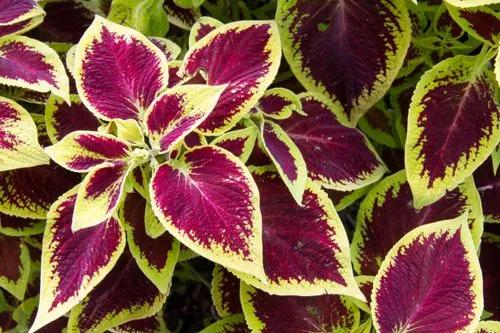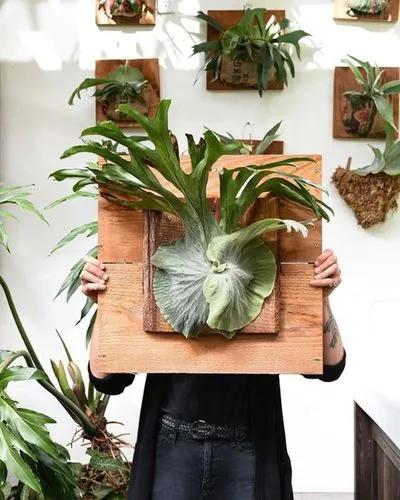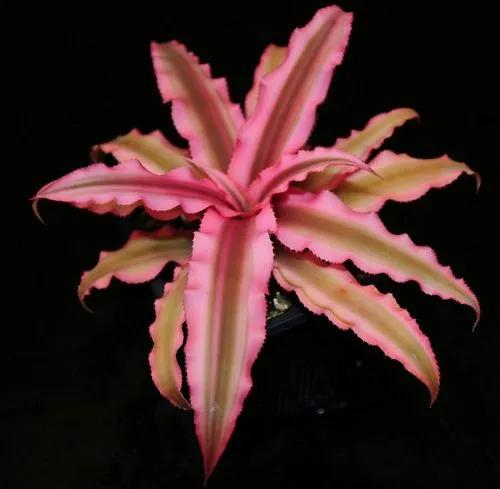Swedish Ivy plants did not originate in Sweden nor are they an ivy plant. However, Swedish Ivy plants did originally become popular as a houseplant in Sweden and they do have long cascading stems like a regular ivy plant.
Swedish Ivy Care
Plectranthus australis



“Creeping Charlie” is the nickname for a Swedish Ivy and it is closely related to the mint plant. This is a lush almost succulent- like trailing vine with thick, bright green, shiny scalloped leaves. A Swedish Ivy looks great in hanging baskets. When given enough bright light, a Swedish Ivy produces delicate, white or purple tubular-shaped flowers. Some varieties have a special aroma when touched. You can hang a Swedish Ivy outside in partial shade during the summer, but bring it indoors before the temperatures dip below 50°. Swedish Ivy, is a fast- growing, easy- care plant, is great for beginners.
How to Care for the Plant

Water

Water ivy plants with a generous soak then allow the top inch of the soil to dry out slightly before watering again. typically this means watering your ivy once a week in the spring and summer and once every 2 weeks in the winter. waiting for the top inch of the soil to dry before watering your ivy applies whether your ivy is indoors or outdoors.

Pruning

It is important because damaged leaves and stems can actually be an energy drain on your plant. By removing those dead parts, you're taking some of that work off your plant’s plate and allowing it to divert its energy into healthy leaves and new growth!

Fertilizer

Simply apply the fertilizer around the base of the plant, extending to the drip line. For vegetables, place the fertilizer in a strip parallel to the planting row. Water-soluble fertilizers are faster acting but must be applied more frequently. This method gives plants food while you water.

Sunlight

All plants require light for photosynthesis, the process within a plant that converts light, oxygen and water into carbohydrates (energy). Plants require this energy in order to grow, bloom and produce seed. Without adequate light, carbohydrates cannot be manufactured, the energy reserves are depleted and plants die. They need 12-14 hours of indirect sunlight.

Soil

A loam soil contains a nice balance of silt, sand, and clay along with humus.

Propagation

Propagate Swedish ivy by stem tip cuttings, which can be taken in the summer after the bloom. Once its flowers have faded, pinch back its stem tips and then root them in damp potting soil. The ivy can also propagate through division, though cultivation through cuttings is recommended.
Swedish ivy grows best in a hanging basket, but it also will grow in pots. Repot it in fresh, peat-based soil annually, or more often if its soil has become exhausted or the plant has begun to wilt.

Temperature

Swedish Ivy plants prefer temperatures between 70-75° most of the year. In the winter, cooler temperatures of 60-65° are best.

Container

Ceramic pots are the most popular type of containers for houseplants today. You'll find them in all kinds of styles, colors, and sizes. At one time, the clay pot was the most common container for indoor plants. When choosing a pot, choose a pot that is 2.5-5 cm (1-2”) larger than the current size.

Popularity

1,019 people already have this plant 307 people have added this plant to their wishlists
Discover more plants with the list below
Popular articles






